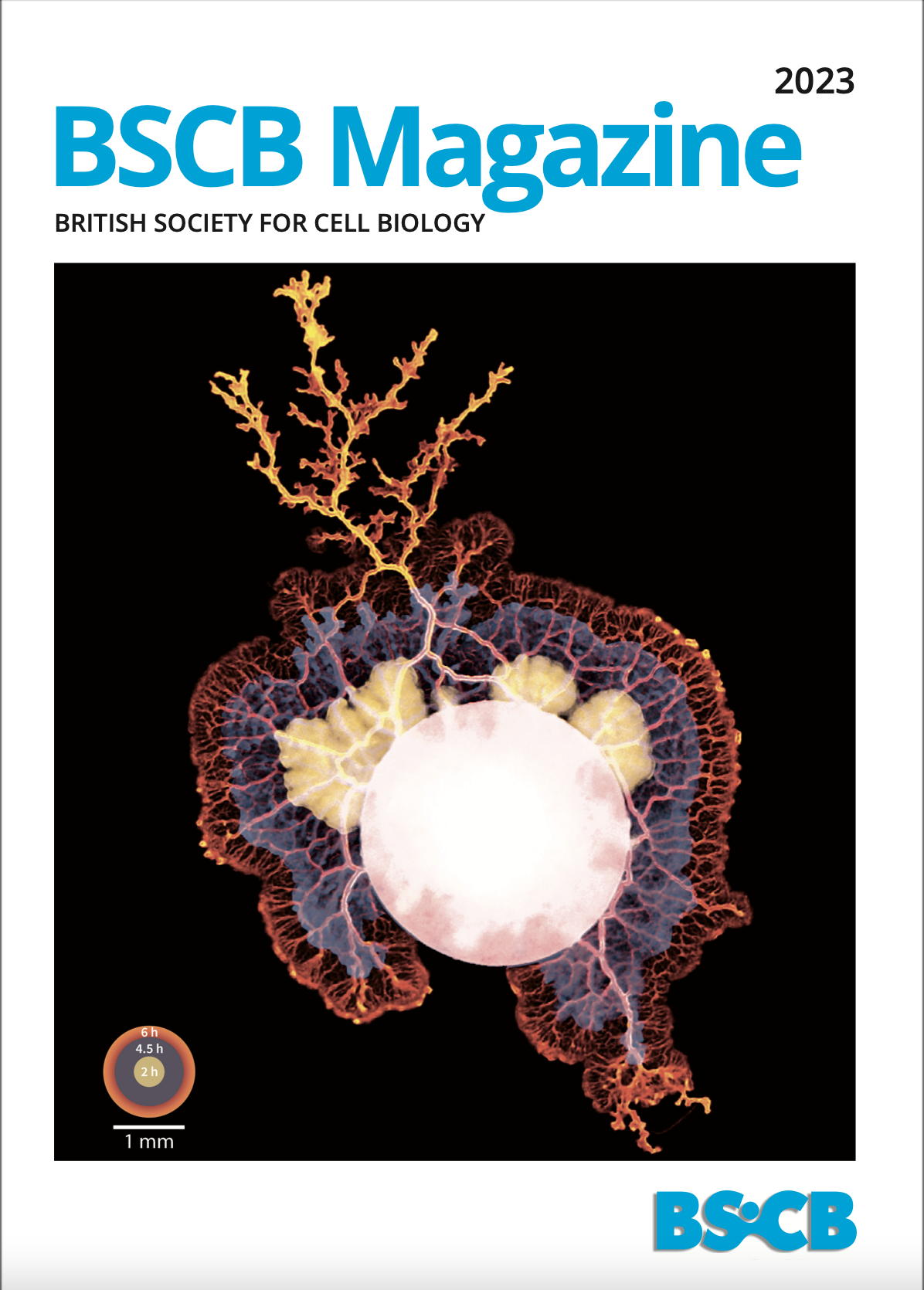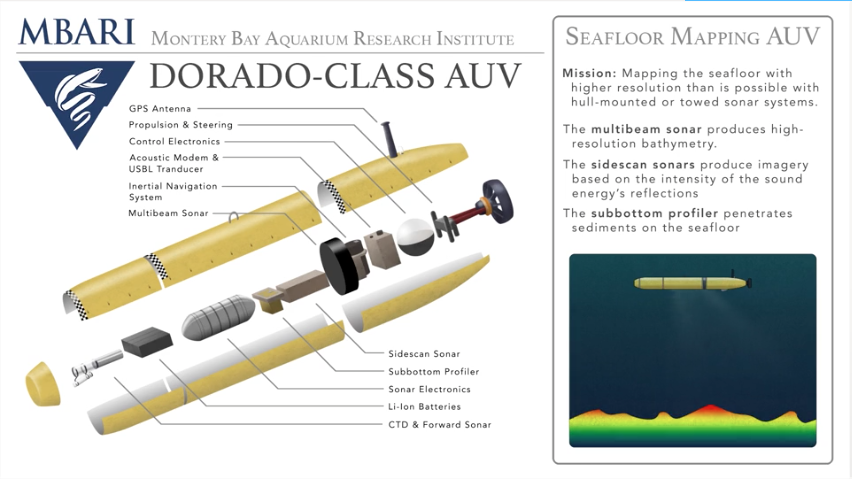Allow me to present Asteriornis maastrichtensis! A new species from the Maastrichtian of Belgium (~66.8 million years ago), this little guy occupies a position close to the last common ancestor of Galloanserae - the superorder that includes galliformes (including extant land fowl, like chickens) and Anseriformes (waterfowl, like ducks).
The fossil itself included a mostly complete skull and a few post-cranial elements. What is remarkable, is that this is currently the oldest example we have of a modern (or crown) bird, and is a strange mash up of land and water fowl features. Additionally, it is associated with a previously described Ichthyornis-like bird from the same locality, so it provides direct evidence for the co-occurrence of crown and stem birds in the late Cretaceous.
I cannot express what a joy and a privilege working on this sort of project is for me, it is the culmination of a lifetime of looking for a purpose. Special thanks, as always, to Daniel Field for bringing me in to collaborate!
Link to National Geographic article.
Link to original research in Nature.














